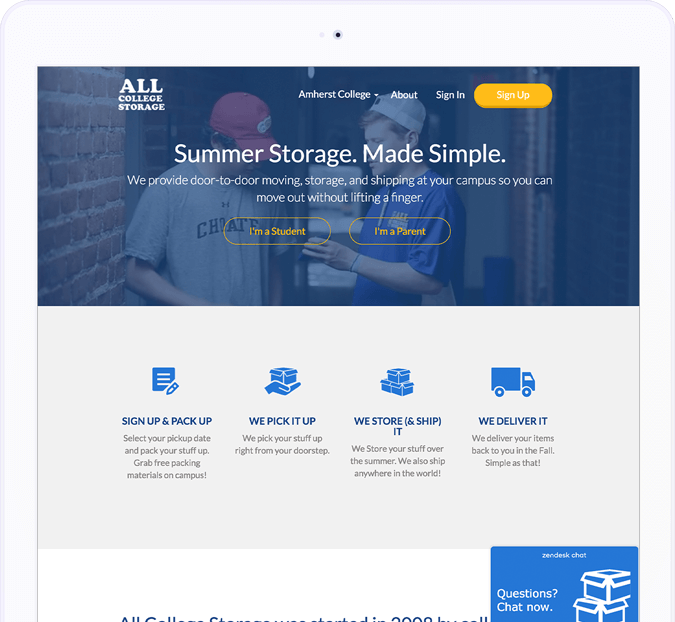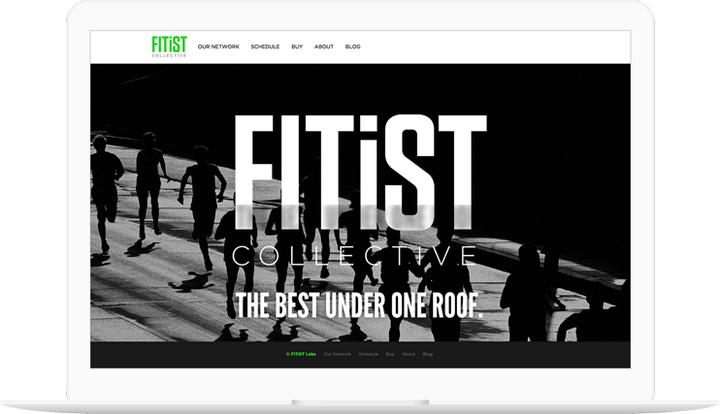We're proud to provide services to our friends in Startups.
All College Storage
Disrupting the storage industry.
Full branding, design, and software to get a startup started.

Disrupting the storage industry.

Getting FITiST fit to startup.
Finder
Finder’s performance boost with an improved release process
A new path forward to build stable, highly-interactive comparison tools for Finder.com users.

Finder’s performance boost with an improved release process

Making it easier to deploy frontend applications.